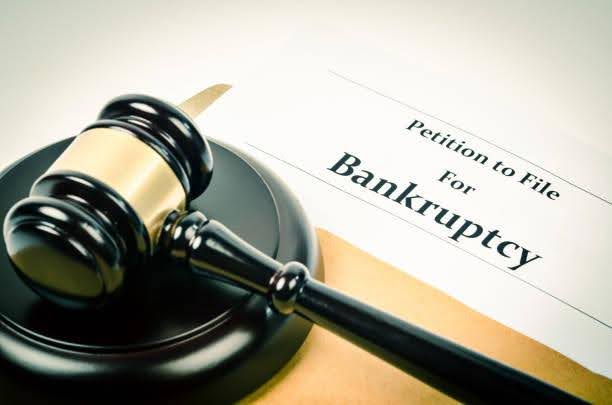For individuals who have large debts and cannot pay back immediately but repay over some time what they can while retaining their property, Chapter 13 bankruptcy laws offers a practical solution—referred to as a “wage earner’s plan.” Chapter 13 allows individuals to restructure their debts and make payments over three to five years. This legal provision enables debt relief without having to liquidate your assets and is an alternative to Chapter 7 bankruptcy.
The Chapter 13 bankruptcy focuses on restructuring. This gives individuals who have regular income an opportunity to pay back all or part of their debts via a systematically structured repayment plan sanctioned by the court. Debtors with disposable income can opt for this plan, and once completed, the remaining qualifying debt may be discharged.
Key Features of Chapter 13 Bankruptcy
Chapter 13 is unique when compared to Chapter 7, which discharges unsecured debts via liquidation of non-exempt assets. Under Chapter 13, debtors can retain their assets and repay debts in installments. Some essential features are:
- Automatic Stay: Filing Chapter 13 automatically imposes a stay by the court, halting the collection efforts through lawsuits, wage garnishments, and foreclosure proceedings.
- Repayment Plan: The debtor has to formulate a repayment plan for the court based on income, expenses, and the types of debt owed. The plan also has to enumerate their repayment plan for three to five years.
- Trustee Oversight: A bankruptcy trustee will collect payments and distribute them to creditors under the plan and monitor the progress.
- Debt Discharge: If the debtor has complied with all the court requirements, the remaining eligible unsecured debt may be discharged at the end of the repayment.
Advantages of Filing Chapter 13
Chapter 13 is beneficial for individuals with a steady income and who want to manage their debts through restructuring and regain financial control rather than a write-off.
- Asset Protection: Valuable property, such as a home or vehicle, can be retained despite falling behind on payments as long as they comply with the court-approved plan.
- Structured Debt Repayment: Arrears on secured debts can be paid off gradually, and foreclosure or repossession avoided.
- Protection from Creditors: The automatic stay stops creditor harassment, wage garnishments, and lawsuits during the duration of the plan.
- Co-Debtor Stay: Chapter 13 also protects co-signers of consumer debts against collection efforts when the case is active.
Debts Included in Chapter 13 Plans
Chapter 13 bankruptcy plan categorizes debts into three groups:
- Priority Debts: The debt, including obligations like taxes, alimony, and child support, must be paid in full.
- Secured Debts: Debts with collateral, such as a mortgage or car loan, can be paid over time and can be modified under certain situations.
- Unsecured Debts: Credit card balances, medical bills, and personal loans may be repaid only partly, and the remainder discharged upon plan completion.
For structuring a compliant and realistic repayment plan, one should have an understanding of different debts.
Limitations and Responsibilities
Chapter 13 extends a lot of benefits but also imposes constraints.
- Long-Term Commitment: The repayment plan is for three to five years, at which time the debtor must adhere to all the required payments, including new obligations.
- Court Approval Required for New Debt: New debt can be acquired only after court approval during the repayment period.
- Impact on Credit: The credit reports will carry Chapter 13 for seven years, affecting the debtor’s chances of obtaining loans or credit in the short term.
- Plan Modification or Dismissal: Missing payments or failure to meet other obligations will mandate plan alteration or dismissal of the case.
Individuals who are planning to opt for Chapter 13 must judge whether they can fulfill the court’s requirements and follow the schedule.
Conclusion
Chapter 13 bankruptcy is a structured path for those who have a steady income and do not want to surrender their property and at the same time meet their commitments. By accepting a manageable payment plan and fulfilling its terms, debtors can look forward to discharging their debts. Chapter 13 prioritizes debt restructuring, unlike liquidation-based bankruptcy. It provides individuals with an opportunity to secure their finances, plan for the future, and, at the same time, retain their valuable assets.
If you are in this unfortunate situation and are considering this option, it is crucial to understand the procedures, benefits, and obligations. Chapter 13 bankruptcy does not provide instant relief, but as a long-term approach, lays down a strong route for financial recovery while supervised by the court.




